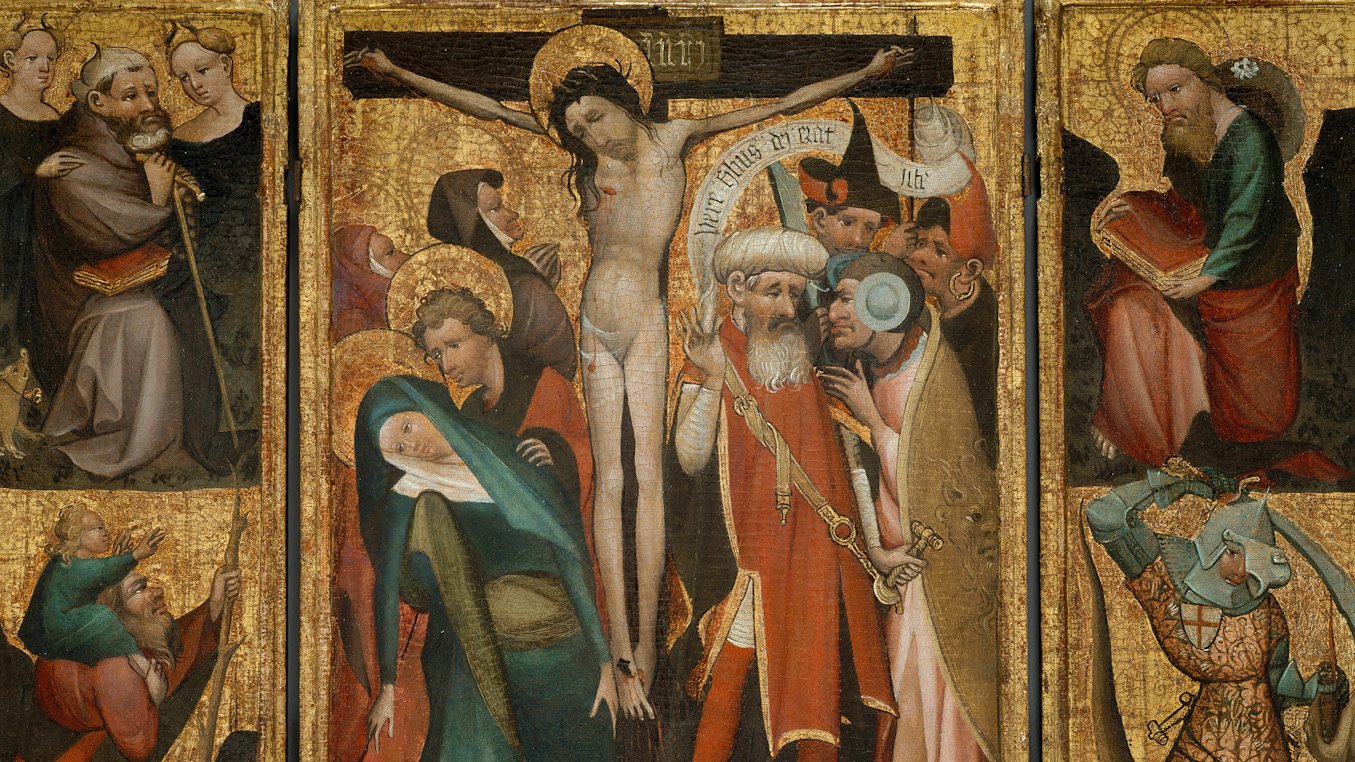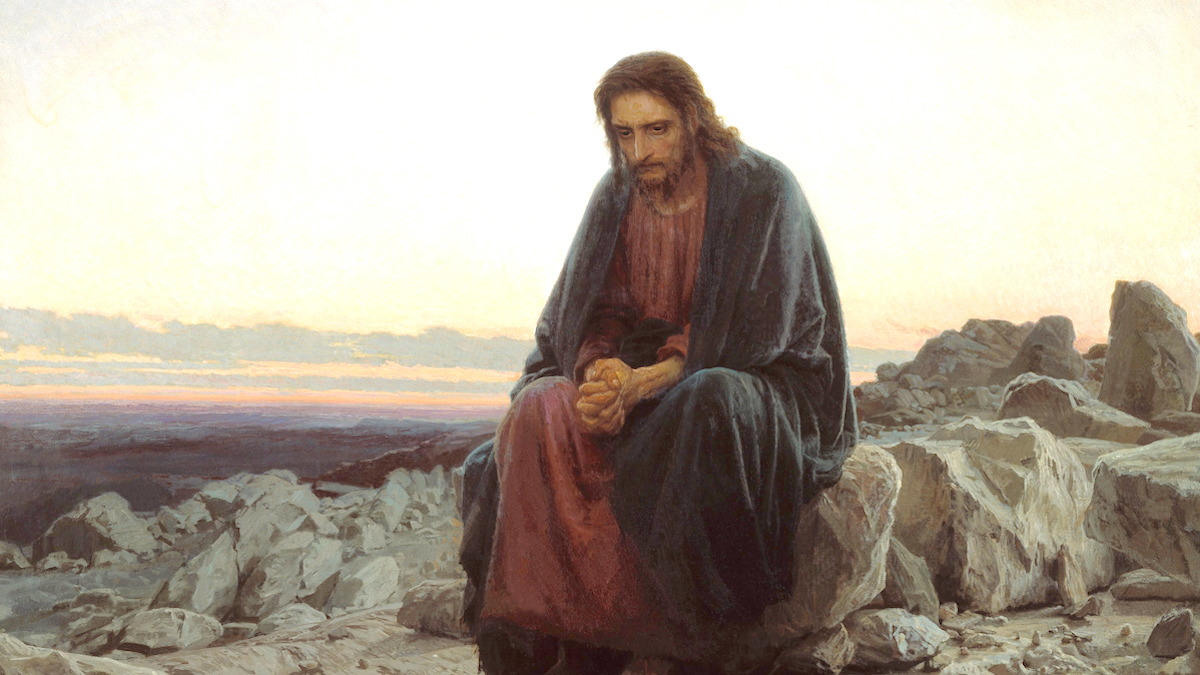Many of us are familiar with the basic concept of Good Friday and have likely reviewed it more times than your grandpa has told his favorite joke at Thanksgiving dinner. It’s the day Jesus Christ was crucified, but how much do we really know about what transpired on that fateful day nearly 2,000 years ago?
Jesus, who Christians believe to be the Son of God and the prophesied Messiah, entered Jerusalem to much fanfare the previous Sunday (now celebrated as Palm Sunday), but things took a rather dramatic turn in the days following. After a series of events that included the Last Supper with his disciples, Jesus was betrayed by one of his own, Judas Iscariot. The betrayal led to Jesus’ arrest in the Garden of Gethsemane. Following the arrest, Jesus was taken through a series of trials, first by Jewish authorities and then by Roman ones, including Pontius Pilate, the governor of the province. During the festival of Passover, it was customary for the Roman governor to release a prisoner to the crowd.
The Gospels suggest that Pilate was well aware of Jesus’ innocence in terms of Roman law and he believed the crowd would choose to release him. Despite Pilate’s own reported misgivings and the lack of a clear, unequivocal charge against Jesus, the crowds were rather persuasive. They chose to free a prisoner named Barabbas and demanded Jesus’ crucifixion.
So, on Good Friday, Jesus was scourged, mocked, and forced to carry his own cross to the site of his execution, a place called Golgotha, also known as the Place of the Skull. There, he was nailed to the cross and hung between two common criminals. According to the Gospels, while he was on the cross, Jesus endured further mockery, along with the agonies of crucifixion, which, as you can imagine, is a rather horrific way to die.
On Good Friday, Jesus completed his work of salvation

As Jesus hung on the cross, darkness is said to have fallen over the land for several hours. Jesus, feeling the weight of the world’s sins and experiencing a moment of profound human emotion, is reported to have cried out, “My God, my God, why have you forsaken me?” — words from Psalm 22 that resonated deeply with the faithful as a fulfillment of prophecy.
Ultimately, Jesus uttered, “It is finished,” and gave up his spirit, signifying the completion of his earthly mission to atone for humanity’s sins. The idea of a divine willingly submitting to such a gruesome fate for the sake of humanity is a concept that continues to inspire Christians today. It’s a reminder of the depths of love and the lengths to which some will go for the sake of others. Jesus’ death was a sacrificial act of love, one that offered redemption to all of humanity. And, lest we forget, the story takes a rather unexpected twist come Easter Sunday, but that’s a tale for another day.











Published: Mar 29, 2024 04:11 pm